Sleep
As infants, persons with SMS are generally described by their parents as happy, easy going babies who are complacent, sometimes lethargic, and often sleeping more than might be expected (Smith and Gropman, 2000). The sleep disturbance may go unrecognized in infancy. However, new evidence suggests that the sleep disturbance begins as early as one year of age and continues into adulthood,. Children with SMS demonstrate shortened sleep cycles for their age, with frequent awakenings (arousals) during the night, early sleep offset (5:30-6:30 AM) and increased daytime sleepiness (napping) during daylight hours. The sleep disturbance in SMS is chronic, occurring almost every night, thereby impacting the child’s daytime behaviors, as well as family and school life.
Efforts to understand sleep patterns and habits in SMS individuals have led to the confirmation of an unusual inverted circadian rhythm of melatonin.
Melatonin is a hormone secreted by the pineal gland that helps control body rhythms and sleep wake cycles in relation to daylight. The timing of melatonin release is controlled by the internal circadian “clock” that is located in a part of the brain called the suprachiasmatic nucleus, or SCN. Throughout the plant and animal kingdom, melatonin levels rise in the evening, peak during the night, and then fall to very low values during the day. In addition, light that enters the eye at night suppresses the nocturnal rise of melatonin. Based on research conducted by Dr. Lorraine Potocki at Baylor College of Medicine (Potocki et. al., 1997; 2000) and confirmed later in France by Dr. Helene DeLeersnyder (DeLeersnyder et. al., 2001), this normal rhythm or cycle of melatonin does not appear to be the case in persons with SMS. Future research to understand this conundrum must answer two critical questions: (1) why is the circadian rhythm of melatonin inverted? and (2) why doesn’t light suppress melatonin levels like it does in other species?
Treatment
The therapeutic management of the sleep disorder in SMS remains a challenge for physicians and parents. On December 1, 2020, the U.S. Food and Drug Administration (FDA) approved HETLIOZ® (tasimelteon) capsule and liquid formulations for the treatment of adults and children, respectively, with nighttime sleep disturbances associated with Smith-Magenis Syndrome (SMS). HETLIOZ® (tasimelteon) is a melatonin receptor agonist. HETLIOZ® has been granted market authorization by the U.S. Food and Drug Administration and the European Medicines Agency. For full U.S. Prescribing Information for HETLIOZ®, including indication and Important Safety Information, visit www.hetlioz.com.
Melatonin dispensed over-the-counter is not regulated in the U.S. by the FDA; thus, dosages may not be exact. No formal melatonin treatment trials have been conducted. Some parents report that melatonin taken at bedtime provides general improvement of sleep without reports of major adverse reactions. A monitored trial of four to six weeks on low-dose (3 mg) melatonin may be worth considering in individuals with major sleep disturbance. Consultation with a sleep specialist or your pediatrician is recommended before using doses above 3 mg. Doses above 5 mg taken in the evening can remain in the body into the next day and produce sleepiness and decreased alertness.
Some families have tried an enclosed bed system with much success. ABRAM’S NATION, a company that makes enclosed beds, is well recommended by parents of an SMS child – see https://safetysleeper.com/collections/fully-enclosed-beds for more information on their enclosed beds.
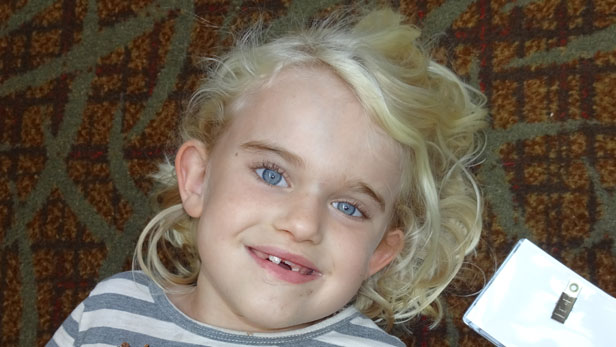
Sleep histories are important for documenting developmental changes in sleep/wake schedules and respiratory function. A sleep diary (a detailed hourly record of an individual’s actual sleep-wake pattern for a week or more) may prove helpful in documenting sleep/wake schedules. Evidence of sleep-disordered breathing warrants polysomnogram and overnight sleep study to evaluate for obstructive sleep apnea. For help finding a sleep clinic in your area, check out this resource from the American Academy of Sleep Medicine.



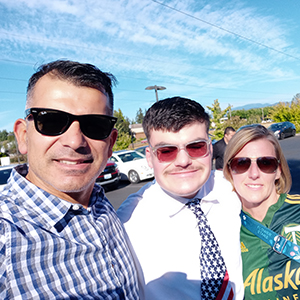 Esteban Delgadillo
Esteban Delgadillo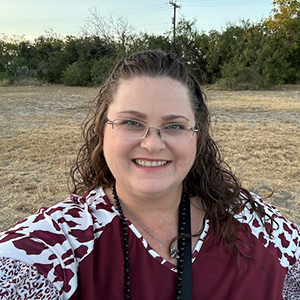 Brenda Dickerson
Brenda Dickerson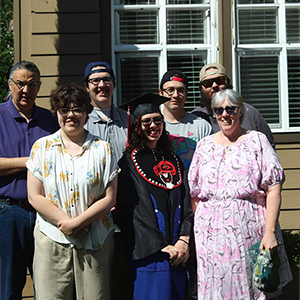 Lori Martin
Lori Martin Rao Sankar
Rao Sankar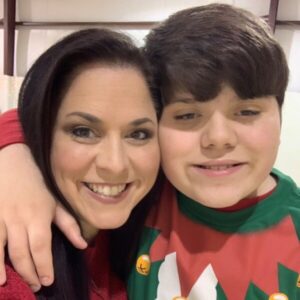 Jill Wood
Jill Wood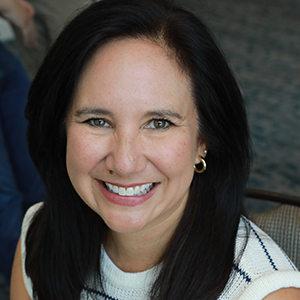 Allison Stephanouk
Allison Stephanouk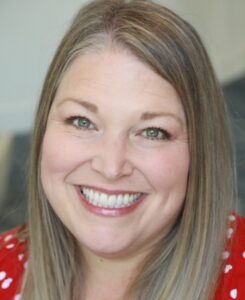 Diane Erth
Diane Erth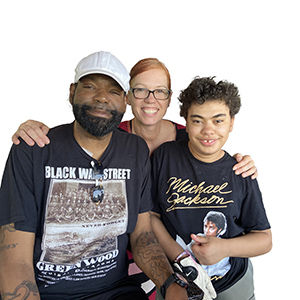 Martina Vit
Martina Vit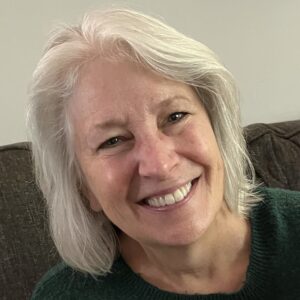 Lynda Kilian
Lynda Kilian Michelle Larscheid
Michelle Larscheid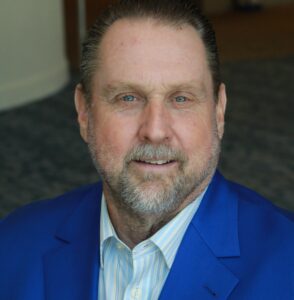 Percy Huston
Percy Huston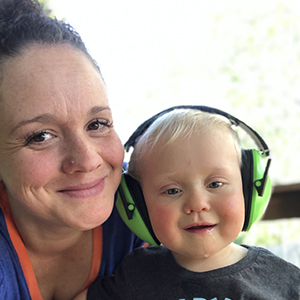 Maria Feagin
Maria Feagin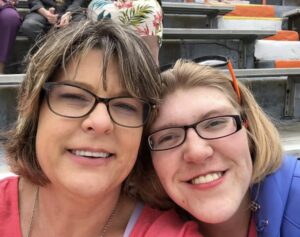 Amy Myers
Amy Myers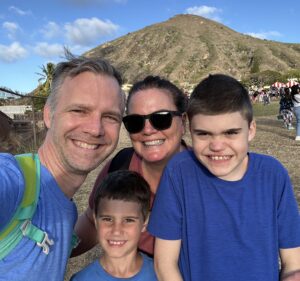
 Noémie Grebler
Noémie Grebler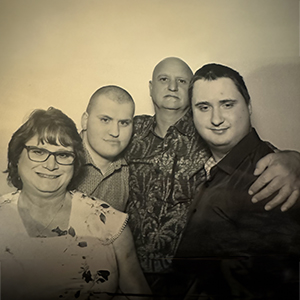 Ilse Ciprich
Ilse Ciprich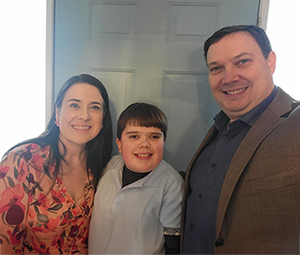 Sasha Piastro-Tedford
Sasha Piastro-Tedford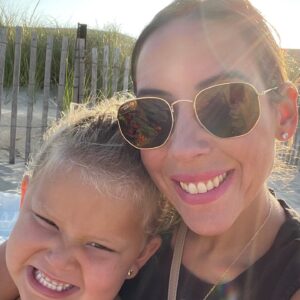 Randi Tanenbaum
Randi Tanenbaum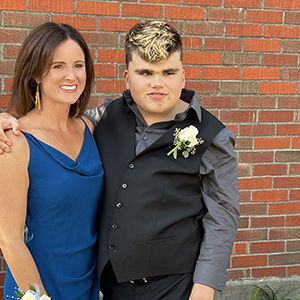 Jean Bishop
Jean Bishop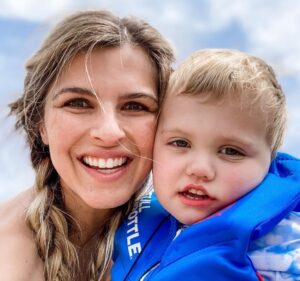 Natasha Schaller
Natasha Schaller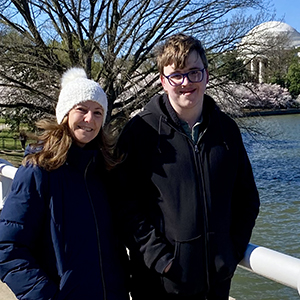 Barbara Watson
Barbara Watson Amanda Collins
Amanda Collins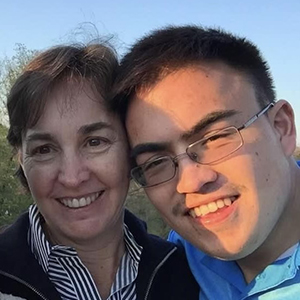 Laura Russell
Laura Russell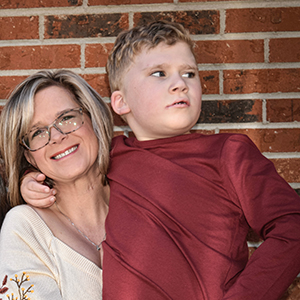 Erin Morrison
Erin Morrison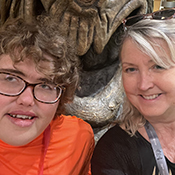 Linda Johnson
Linda Johnson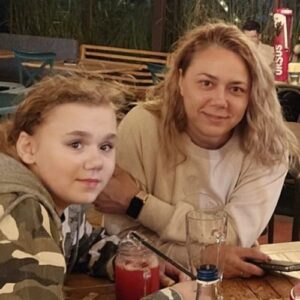 Roxana Dragan
Roxana Dragan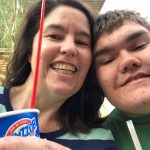 Patty Loyer
Patty Loyer Eric Rogers
Eric Rogers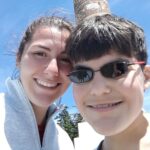 Ana Witherspoon
Ana Witherspoon Sinan Omer Turnacioglu, MD
Sinan Omer Turnacioglu, MD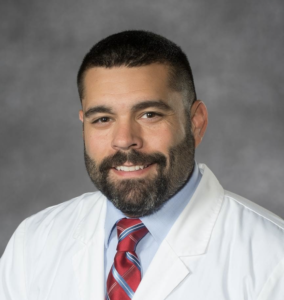 Christopher Vlangos PhD, FACMG
Christopher Vlangos PhD, FACMG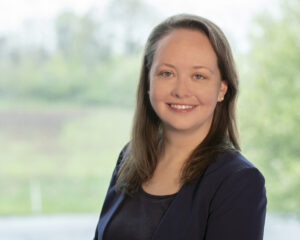 Cora Taylor, PhD
Cora Taylor, PhD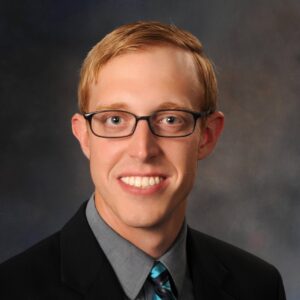 John Berens, MD, FAAP, FACP
John Berens, MD, FAAP, FACP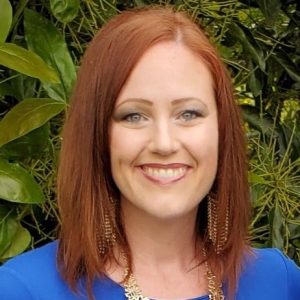 Amy Pereira
Amy Pereira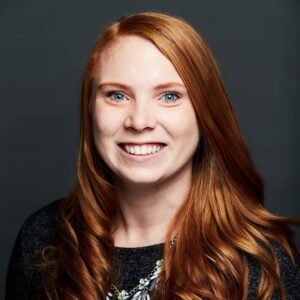 Rachel Franciskovich, MS, CGC
Rachel Franciskovich, MS, CGC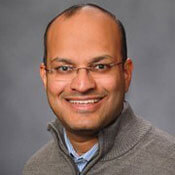 Santhosh Girirajan, MBBS, PhD
Santhosh Girirajan, MBBS, PhD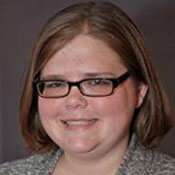 Rebecca Foster, PhD
Rebecca Foster, PhD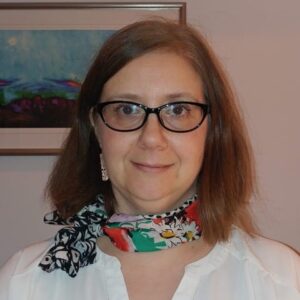 Nancy Raitano, PhD
Nancy Raitano, PhD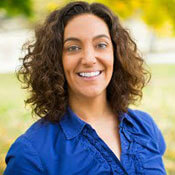 Christine Brennan, PhD CCC-SLP
Christine Brennan, PhD CCC-SLP Andrea Gropman, MD
Andrea Gropman, MD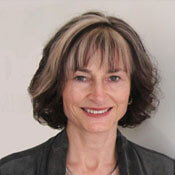 Kerry Boyd, MD, FRCPC
Kerry Boyd, MD, FRCPC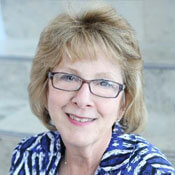 Barbara Haas-Givler, MEd, BCBA
Barbara Haas-Givler, MEd, BCBA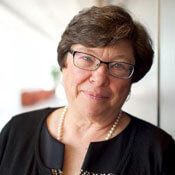 Ann C.M. Smith, MA, DSc (Hon), CGC
Ann C.M. Smith, MA, DSc (Hon), CGC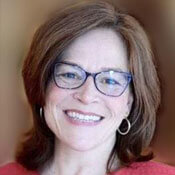 Sarah Elsea, PhD
Sarah Elsea, PhD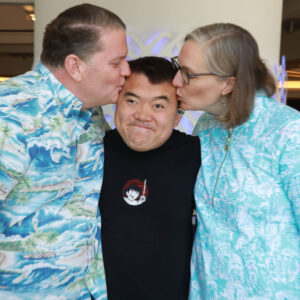 Glen & Kristine Braden
Glen & Kristine Braden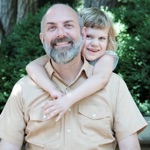 John Roseborough
John Roseborough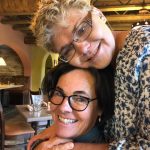 Barclay Daranyi
Barclay Daranyi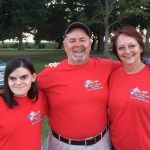 Ashton Charmaine
Ashton Charmaine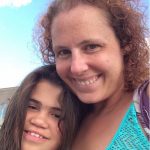 Carissa Le
Carissa Le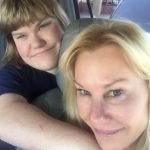 Rhonda Lowney
Rhonda Lowney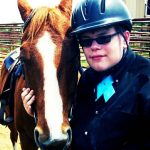 Ron Dixon
Ron Dixon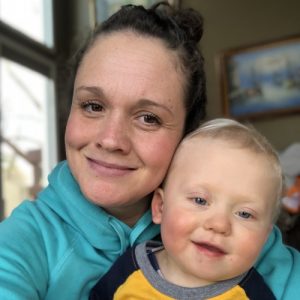 Maria Feagin
Maria Feagin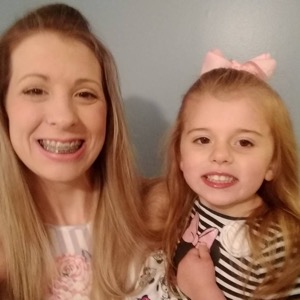 Caitlin Seldon
Caitlin Seldon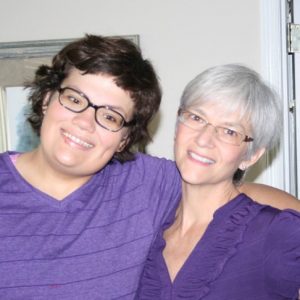 Julia Hetherington
Julia Hetherington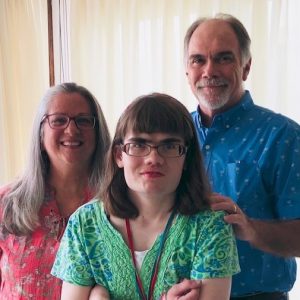 Liz and Bill Yates
Liz and Bill Yates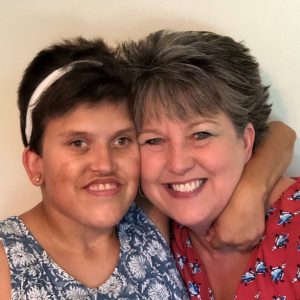 Tracie Belcher
Tracie Belcher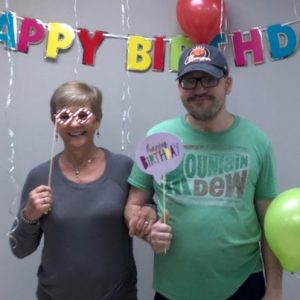 Rhonda Franklin
Rhonda Franklin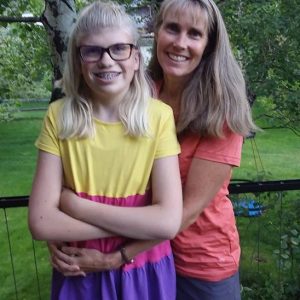 Marni Rolston
Marni Rolston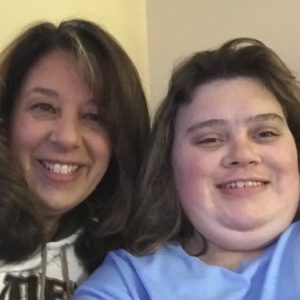 Michele Zdanowski
Michele Zdanowski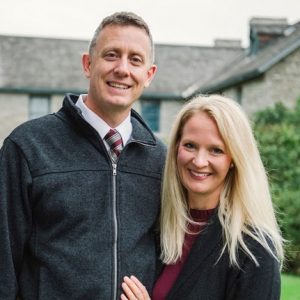 Theresa & Mark Smyth
Theresa & Mark Smyth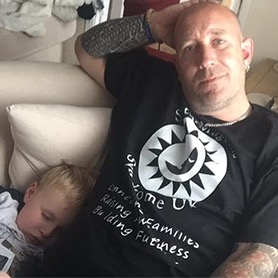 Mick Pearson
Mick Pearson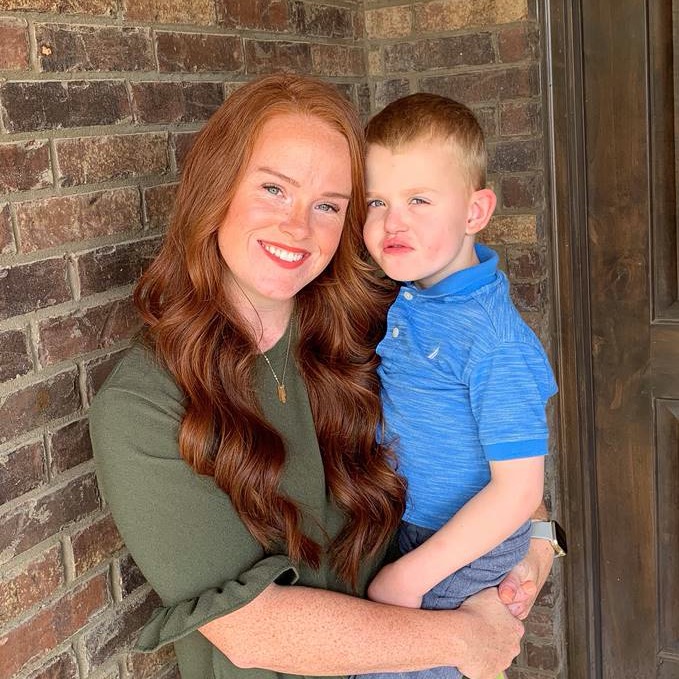 Abby Bell
Abby Bell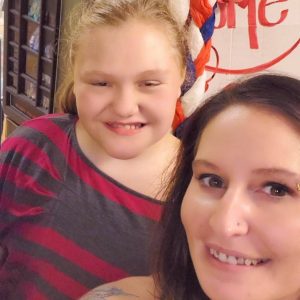 Heather Boney
Heather Boney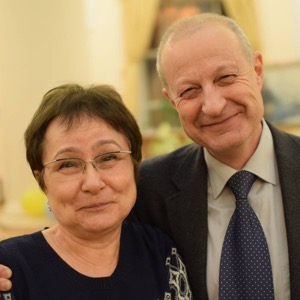 Bela Kafengauz & Alexander Tzetlin
Bela Kafengauz & Alexander Tzetlin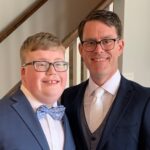 Kevin Daly
Kevin Daly Phil Ruedi
Phil Ruedi Brandon Daniel
Brandon Daniel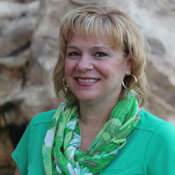 Denien Rasmussen
Denien Rasmussen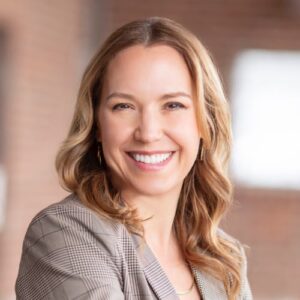 Jackie Fallenstein
Jackie Fallenstein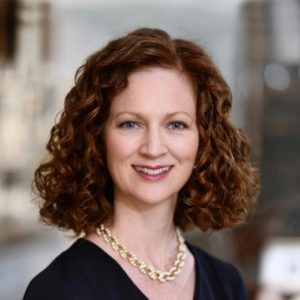 Theresa Wilson, MS, RD
Theresa Wilson, MS, RD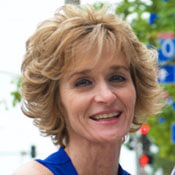 Margaret Miller
Margaret Miller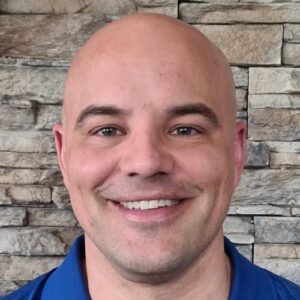 Jason Michaud
Jason Michaud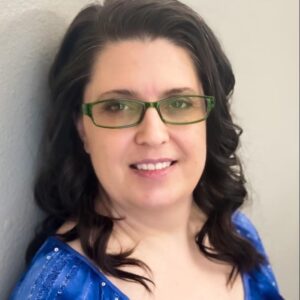 Michelle Lee
Michelle Lee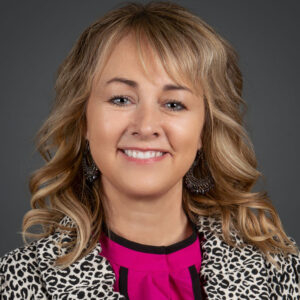 Michelle Larscheid
Michelle Larscheid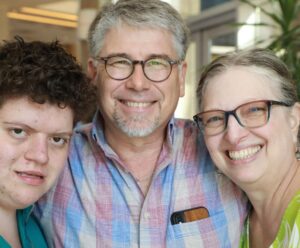 Kim Wirth
Kim Wirth Jane Charles, MD
Jane Charles, MD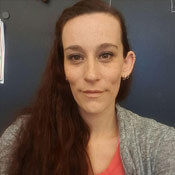 Brandi Wilson
Brandi Wilson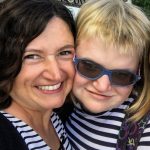 Debbie Brooks
Debbie Brooks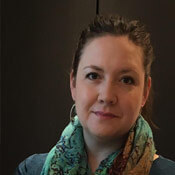 Amanda Downey
Amanda Downey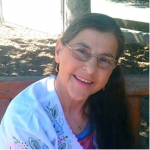 Laurie Bellet
Laurie Bellet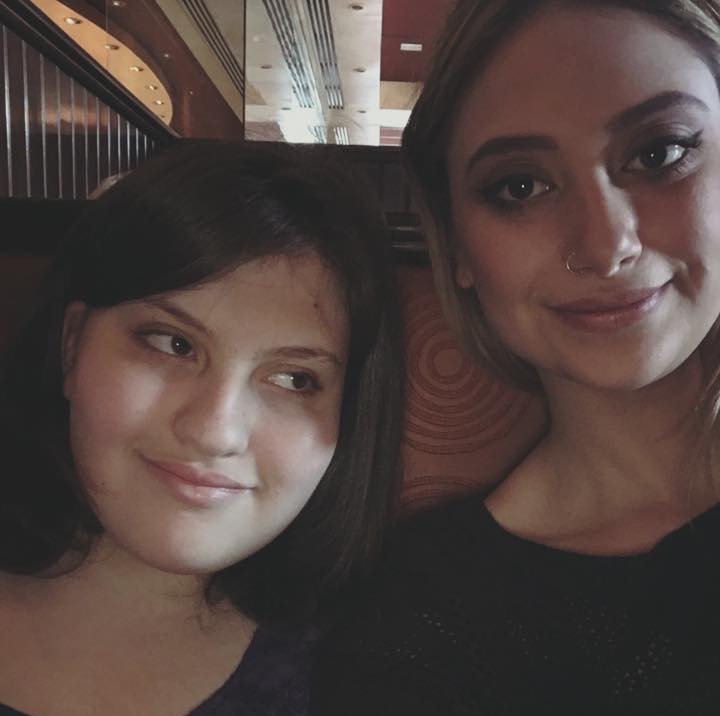 Remi Robbins,
Remi Robbins,
 Many SMS patients experience frequent infections but the immunological basis for this phenomenon is currently unclear
Many SMS patients experience frequent infections but the immunological basis for this phenomenon is currently unclear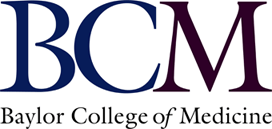
 Smith-Magenis Syndrome is a genetic disorder most commonly caused by a deletion of chromosome 17p11.2, and less commonly by mutations in the RAI1 gene
Smith-Magenis Syndrome is a genetic disorder most commonly caused by a deletion of chromosome 17p11.2, and less commonly by mutations in the RAI1 gene
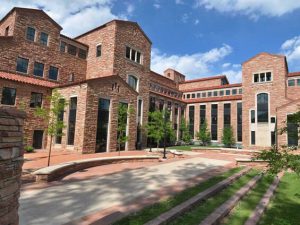 The SMS IEP Research Study team conducts research in the Department of Speech, Language, and Hearing Sciences at the University of Colorado Boulder
The SMS IEP Research Study team conducts research in the Department of Speech, Language, and Hearing Sciences at the University of Colorado Boulder
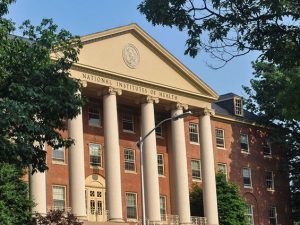 Growth Patterns in SMS
Growth Patterns in SMS


 Do you have a child with Smith-Magenis syndrome?
Do you have a child with Smith-Magenis syndrome?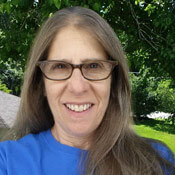 Leah Baigell
Leah Baigell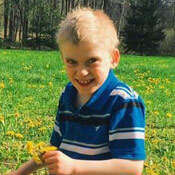 Judy Bogdan
Judy Bogdan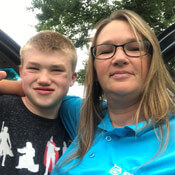 Mary Hards
Mary Hards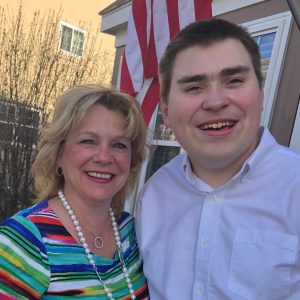 Denien Rasmussen
Denien Rasmussen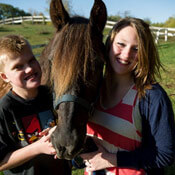 Heidi Graf
Heidi Graf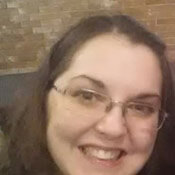 Annetta Zidzik
Annetta Zidzik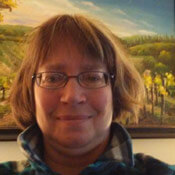 Jennifer Klump
Jennifer Klump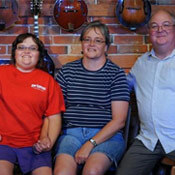 Eric and Kim Hoffman
Eric and Kim Hoffman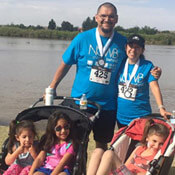 Alejandro and Delma Aguilar
Alejandro and Delma Aguilar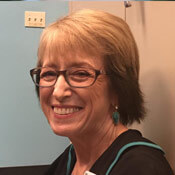 Mary Beall
Mary Beall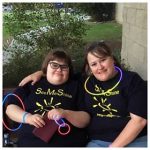 Jennifer Comford
Jennifer Comford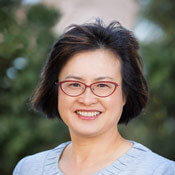 Charlene Liao
Charlene Liao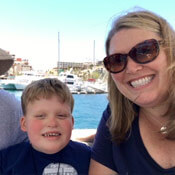 Diane Erth
Diane Erth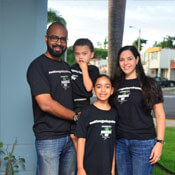 Sheila Herndandez-Vale
Sheila Herndandez-Vale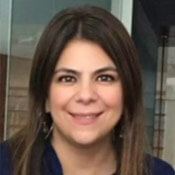 Maria Elena Carrancedo
Maria Elena Carrancedo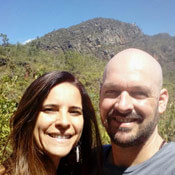 Eliane Barros
Eliane Barros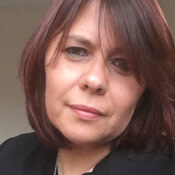 Sabrina Bisiani
Sabrina Bisiani
 A new clinical study is investigating circadian rhythms and sleep disturbances in people with Smith-Magenis Syndrome to guide the development of a possible treatment.
A new clinical study is investigating circadian rhythms and sleep disturbances in people with Smith-Magenis Syndrome to guide the development of a possible treatment.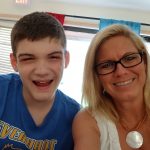 Allison Leatzow
Allison Leatzow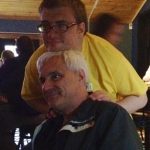 Kevin O’Connor
Kevin O’Connor Bernadette Huston
Bernadette Huston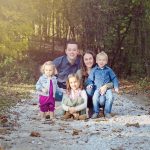 Brooke Widmer
Brooke Widmer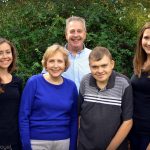 Maureen Monroe
Maureen Monroe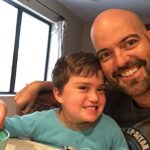 Trevor Gritman
Trevor Gritman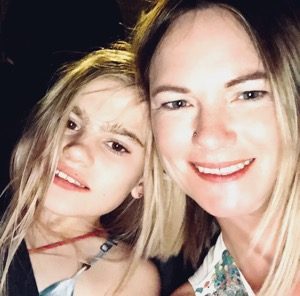 Cally Bauman
Cally Bauman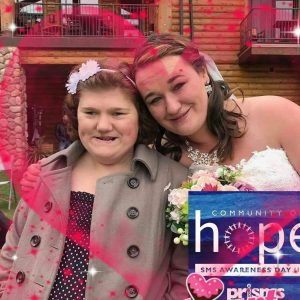 Brianna Ryczek
Brianna Ryczek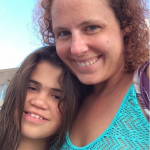 Carissa Le
Carissa Le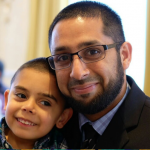 Osman Umarji
Osman Umarji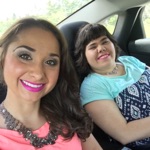 Callihan Marshall
Callihan Marshall